8 ways to Protect Windows 11 PC From Hackers and Virus
Malicious viruses or spyware could be deposited on your computer, slowing it down or destroying files. Here is how to Protect Yourself and Your Devices

Windows 11 latest release from Microsoft use Trusted Platform Module (TPM) to secure the login process, UEFI Secure Boot prevent malware from hijacking the system during the boot process and virtualization-based security (VBS) for enhanced kernel protection against potential threats. And these security features make Windows 11 a more secure operating system than Windows 10. But these are the only beginning of the security and safety features Microsoft has built into Windows 11, there are some additional security measures you need to take to protect your Windows 11 PC from Hackers.
Here in this article, we have laid down some of the best tips to maximize your protection. Here we not only, focus on Windows 11 devices because many of the threats come from outside. And to Protect Your Computer from Hackers, Spyware, and Viruses you need to pay close attention to network traffic, email accounts, authentication mechanisms, and unsophisticated users.
How to secure your computer from hacking?
Update Windows 11 and installing applications is one of the first steps to secure your computer. In addition, Enable Windows Firewall to prevent unauthorized access and performing a full system scan with the latest updated antivirus program help protect your computer from viruses, malware, and other types of malicious software. Always Use a strong password and enable Enable two-factor authentication for internet login adds an extra layer of security to protect Windows 11 from prying eyes. Be careful with email attachments, Avoid suspicious websites and Use a virtual private network (VPN) that protects your activity and keeps your information safe.
Ensure Windows 11 updated
To keep your PC secure from Hackers and Viruses it’s crucial to download and install Windows 11 updates regularly. Latest Windows updates bring fixes for random bugs and new security threats that appear on the internet almost daily. The same applies to all other apps or games installed on your computer. Also Updating Windows or other apps improves the stability of your software and optimizes system performance.
Good security begins with keeping your software updated.
- Press Windows key + S, type Windows update and hit enter key
- Hit the check for updates button, if new updates are available allow them to download and install from the Microsoft server
- Once done you need to restart your computer to apply the Windows updates.
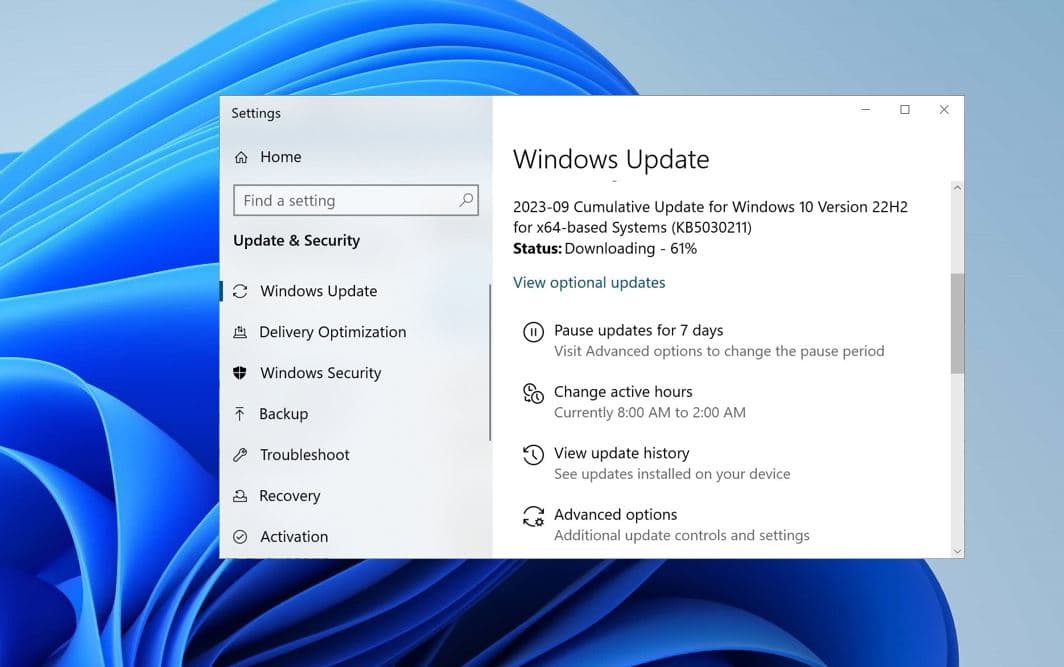
Also, open the Microsoft store, Go to the library and hit check for updates to update apps on your computer.
Note – Update all other third-party apps and games on your computer as well.
Enable Realtime protection
Virus or malware infection is another common way hackers may target your system. Ensure that Real-time protection is enabled on Windows Security, formerly Windows Defender. In addition, perform a full system scan to find and remove a virus malware infection from your system.
To enable real-time protection on Windows security
- Press Windows key + S, type Windows security and select it on top
- Select Virus & Threat Protection and then go to Manage Settings.
- Here enable Realtime protection and cloud-delivered protection.
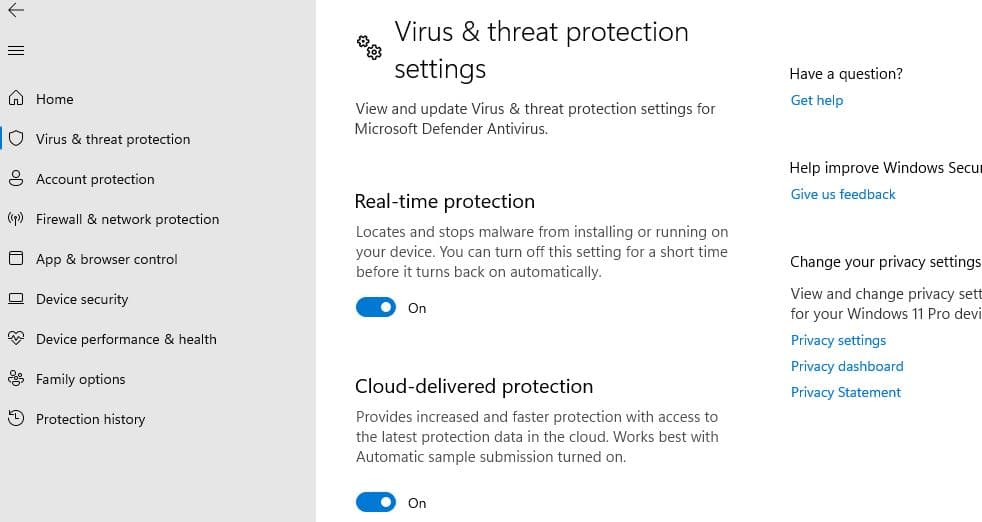
Also, you can use third-party antivirus software and keep it updated with the latest virus definitions. This will help protect your computer from viruses, malware, and other types of malicious software.
A reliable antivirus software should provide real-time protection, regular updates, and frequent scans to ensure the device is secure.
Enable Windows Defender firewall
A firewall can help prevent unauthorized access to your computer by blocking incoming traffic from potentially harmful sources. Make sure you keep the Windows Defender firewall enabled to block unauthorized access and avoid malware attempts.
- Click on the start menu, search for and select Windows security
- Go to Firewall & Network Protection and make sure that the firewall is enabled for all types of connections.
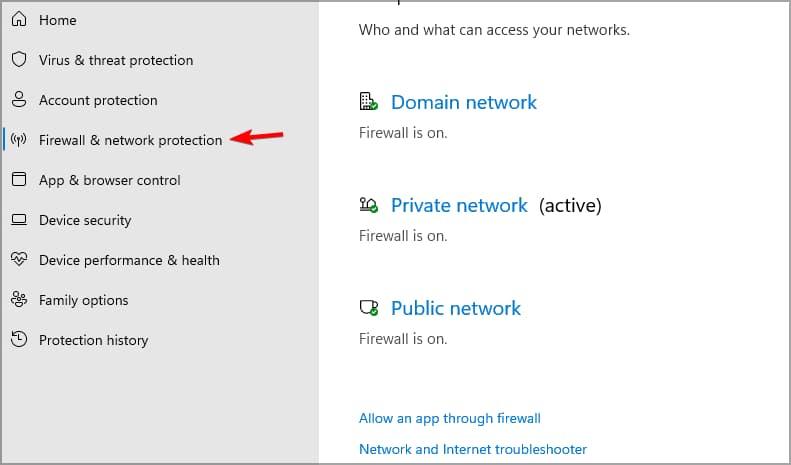
Protect your account with a password
Using Windows 11 without password protection may leave your PC vulnerable to unauthorized access by people around you.
- Press the Windows key + X and select settings
- Go to Account then select sign-in options
- Here Expand the Password section and click on Add.
- Now enter the new password and fill in the relevant information in the new dialog box.
- And finally, Click finish
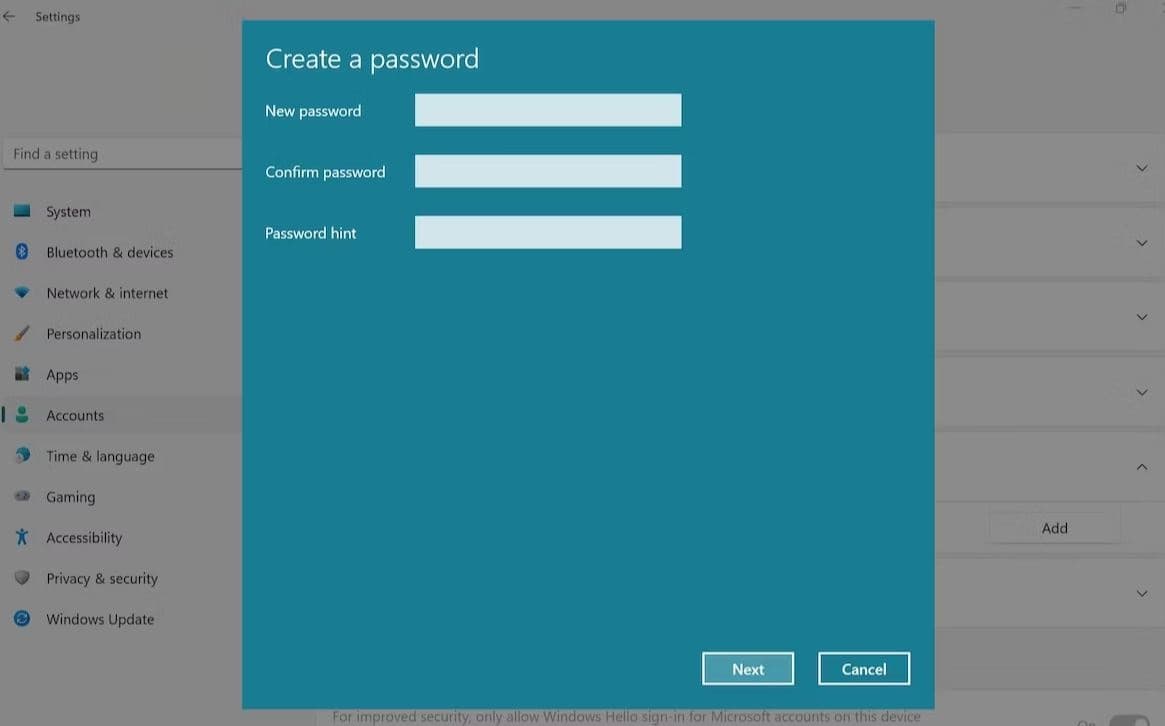
Also Use strong, unique passwords for all your internet accounts and change them regularly. Avoid using easily guessable passwords such as “123456” or “password.” A strong password typically includes a combination of upper and lowercase letters, numbers, and special characters such as !, @, or $. Ensure that you use a strong, complex password and don’t use the same password across multiple accounts. You can Consider using a password manager to keep your passwords safe and secure.
Enable two-factor authentication
Two-factor authentication adds an extra layer of security to your internet account. Always use two-factor authentication whenever possible, especially for sensitive accounts such as banking or email accounts that provide additional security by requiring a second form of authentication, such as a code sent to your phone. It can significantly reduce the risk of unauthorized access to your device.
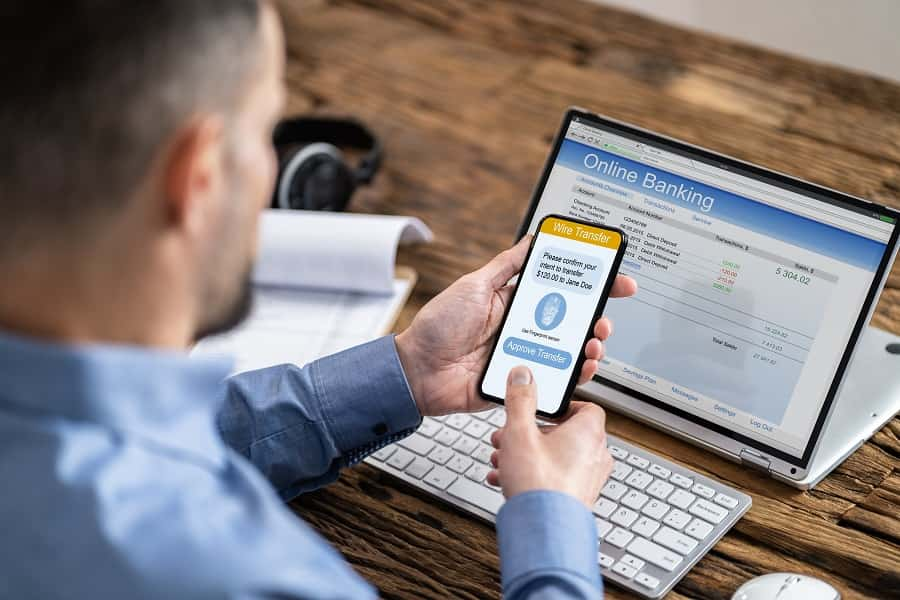
Be careful with email attachments and Suspicious links
Also, Be careful or avoid opening email attachments from unknown or suspicious sources, as they could contain viruses or malware. In addition Avoid clicking links on suspicious online ads, attachments from emails that look like trusted sources and any links on social media from someone you don’t know.
Always be cautious of unsolicited emails or messages and double-check the sender’s identity.
It’s advised to Avoid clicking on links or downloading files from suspicious websites, as they could also contain viruses or malware.
In addition, enable drive encryption to ensure that your data cannot be accessed or read without the correct authentication whether it is a password, smart card, or any other authentication mechanism.
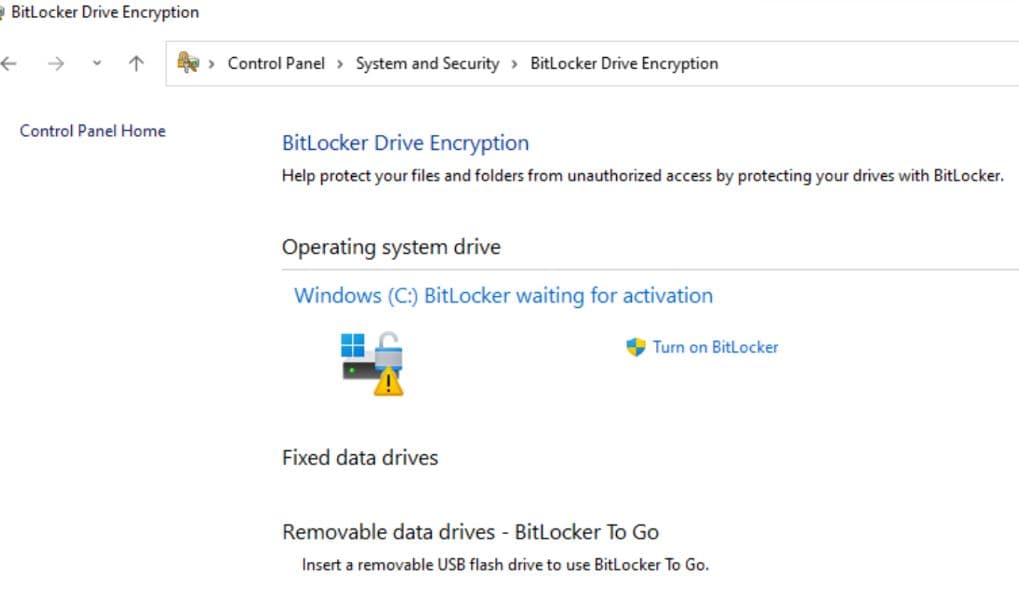
Use a virtual private network (VPN)
Using a VPN can also help secure your Windows 11 device from hackers by encrypting your internet connection and routing it through a secure server. When you connect VPN it creates a private network connection between your device and the VPN server, making it difficult for hackers to intercept and access your data.
- With VPN enabled, all your internet traffic is encrypted, which means that even if a hacker manages to intercept your data, they won’t be able to read it
- VPN masks your IP address, which makes it difficult for hackers to track your online activity and location.
- VPN also protects your Windows 11 device from other security threats, such as phishing attacks and malware.
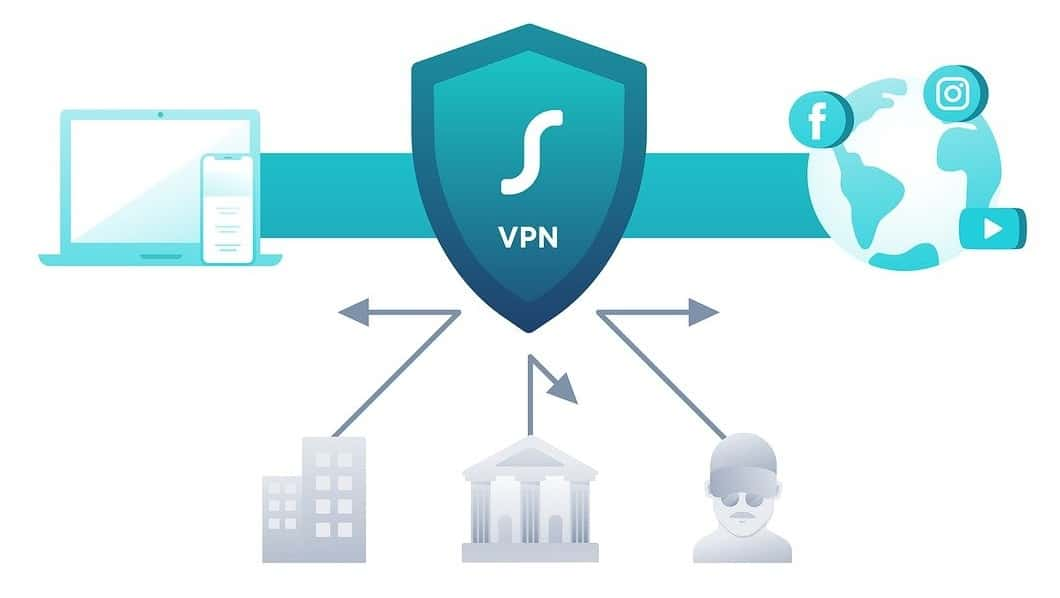
Tighten your security settings
Here are some additional steps you can take to protect your privacy and secure your device from third-party access.
- Turn off ad tracking: From settings -> Privacy & security. click General and move the slider to Off for all four options
- Disable location access: Launch the Settings app and go to Privacy & Security> Location and toggle off the option
- Disable Active History: Go to Settings > Privacy & security > Activity history and turn the slider next to “Store my activity history on this device” from On to Off.
- Stop sending diagnostic data: Head to Settings > Privacy & Security> Diagnostics & Feedback. And toggle off next to Send optional diagnostic data.
- Turn off app diagnostics: Select Settings > Privacy & security > App diagnostics, and in the App diagnostic access section, move the slider from On to Off.
- Turn off Shared Experiences: Go to Settings > Apps > Advanced Settings > Share across devices and select the Off button
In addition, enable and create a system restore point that helps restore the computer to the state it was in before things started going haywire.
Always avoid downloading or install pirated software or illegal material such as Movies, music, books and even software especially if these items don’t come from a trusted or reliable source. Because this is one of the fastest ways to unknowingly get malware installed on the computer will lead to additional problems over time.
